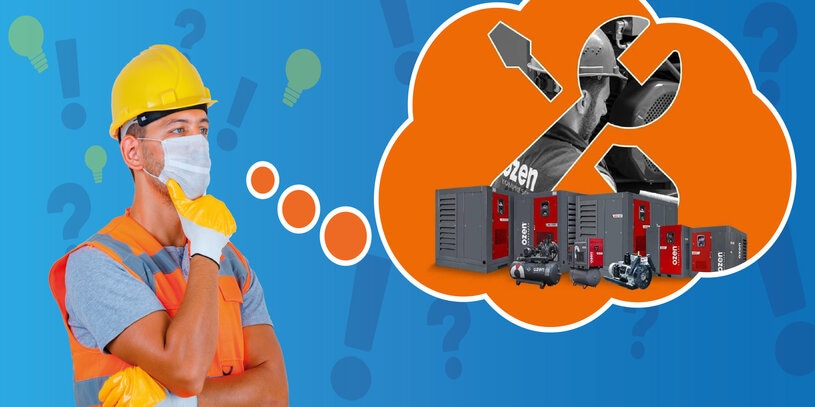Common Air Compressor Problems and How to Troubleshoot Them
Published ojpg

Identifying Air Compressor Issues
Air compressors are reliable tools, but they can develop problems over time. This blog will highlight common issues and provide troubleshooting tips to help you address them effectively. Recognizing these problems early can prevent costly repairs and downtime in your operations.
Low Air Pressure
If your air compressor is not delivering adequate pressure, several factors could be at play.
- Possible Causes: Leaks in hoses, clogged filters, malfunctioning pressure regulators, or a faulty check valve.
- Troubleshooting Steps:
- Inspect hoses for leaks, replacing or sealing any damaged sections.
- Replace clogged filters to ensure proper airflow.
- Check the pressure regulator settings and adjust as needed.
- Examine the check valve for proper operation; replace if defective.
Overheating
Overheating can lead to compressor failure, so it’s crucial to address this issue promptly.
- Possible Causes: Insufficient lubrication, blocked air intakes, excessive load, or ambient temperature being too high.
- Troubleshooting Steps:
- Check oil levels and quality; refill or change if necessary.
- Ensure air intakes are clear of debris and dust.
- Reduce the workload on the compressor and consider using a larger unit if frequently overloaded.
- Monitor the ambient temperature and consider relocating the compressor to a cooler area if necessary.
Unusual Noises
Strange noises from your compressor can indicate underlying problems that require attention.
- Possible Causes: Loose parts, worn bearings, damaged components, or inadequate lubrication.
- Troubleshooting Steps:
- Tighten any loose bolts or parts to reduce rattling noises.
- Replace worn bearings and lubricate moving parts as necessary.
- Inspect for visible damage or signs of wear on internal components.
- Listen for changes in noise patterns that could indicate a specific problem.
Vibration Issues
Excessive vibration can indicate a problem that needs to be resolved.
- Possible Causes: Imbalance in the rotating parts, worn or damaged mounts, or uneven flooring.
- Troubleshooting Steps:
- Check for balance in the flywheel and rotating components; adjust as needed.
- Inspect and replace worn or damaged mounts to ensure stability.
- Ensure that the compressor is positioned on a flat and stable surface.
Water Accumulation in the Tank
Water buildup in the air compressor tank can cause corrosion and affect performance.
- Possible Causes: Humidity in the air, improper drainage, or insufficient maintenance.
- Troubleshooting Steps:
- Regularly drain the tank to remove accumulated moisture.
- Consider installing a water separator or dryer to reduce humidity in the compressed air.
- Schedule periodic maintenance to check for water accumulation and address any issues.
Conclusion
Understanding common air compressor problems and their troubleshooting steps can save you time and money. Regular maintenance and prompt attention to issues will keep your compressor running smoothly for years to come. Additionally, investing in proper training for your team can enhance their ability to identify and address these issues before they escalate.
